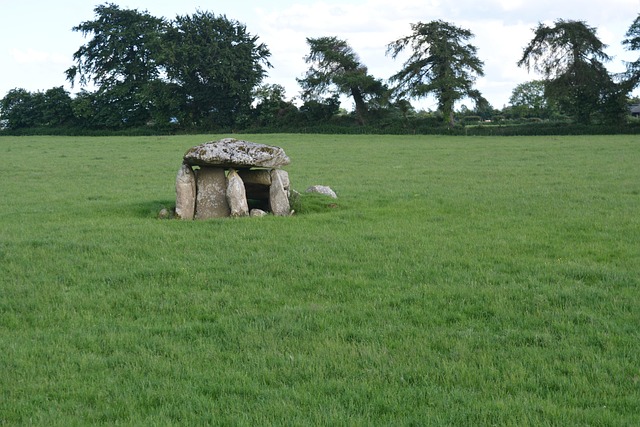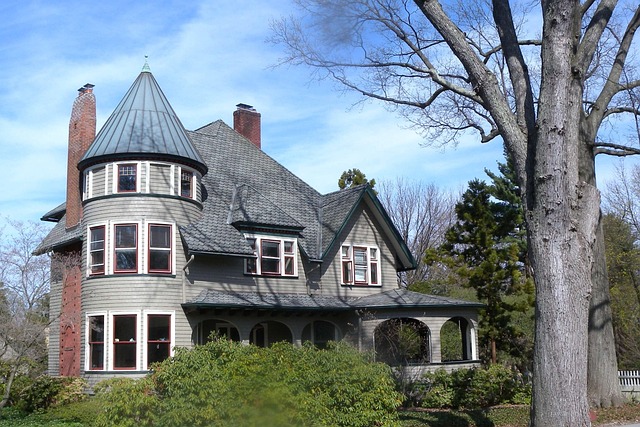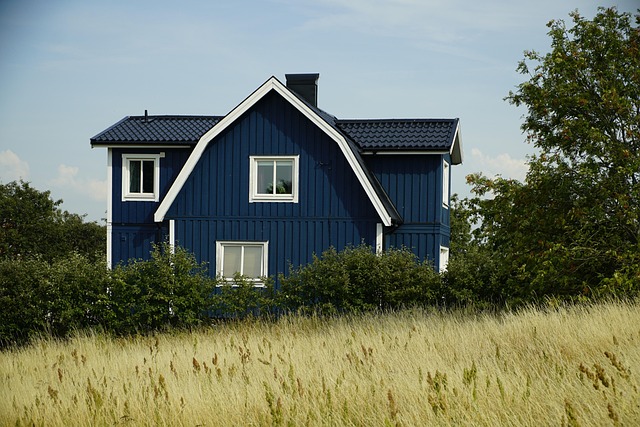Close-knit towns prioritize community, offering affordable, walkable housing with excellent amenities like schools and internet. Remote work boosts demand for versatile homes. Strong local connections foster workforce retention, driving economic growth through Smart Growth strategies like mixed-use development and public transport, attracting families and professionals.
In today’s competitive market, close-knit towns are emerging as ideal hubs for workforce retention. This article explores how supportive communities, characterized by robust real estate trends, contribute to a thriving talent pool. We delve into the interplay between community engagement and real estate development, highlighting smart growth strategies that foster sustainable and attractive locales. Discover how these factors collectively impact workforce satisfaction and retention, ultimately shaping the future of vibrant, connected towns.
Real Estate Trends in Supportive Towns
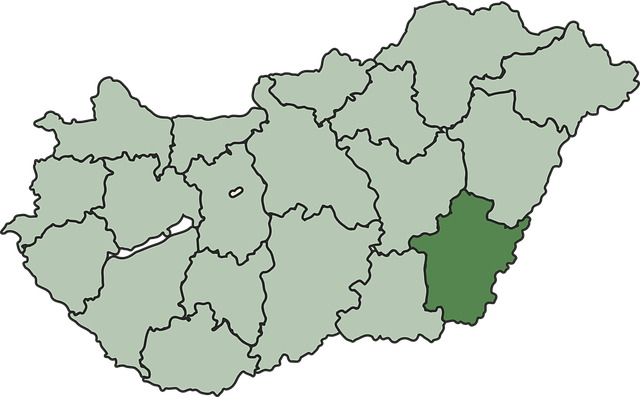
In close-knit towns, real estate trends often reflect a strong sense of community and support for local workers. These towns typically offer affordable housing options, with modest yet comfortable homes that cater to various budgets. Many residents appreciate the ability to live close to their workplaces, minimizing daily commutes and fostering a healthier work-life balance. Local governments and developers may collaborate on initiatives like workforce housing projects or incentives for builders, ensuring a steady supply of accessible real estate.
Community-oriented features also characterize these towns’ realty market. Walkable streets, well-maintained public spaces, and excellent local schools are common attractions that enhance the desirability of properties. Additionally, the rise of remote work has led to increased demand for homes with versatile layouts and high-speed internet connectivity, further shaping the real estate trends in these supportive towns.
The Impact of Community on Workforce Retention

In close-knit towns, a strong sense of community significantly influences workforce retention. Residents often form deep connections with their neighbors, creating an environment where people feel valued and invested in the town’s future. This fosters a higher level of commitment among workers, who may be more inclined to stay and contribute if they belong to a supportive and cohesive community. The social fabric of such towns acts as a powerful incentive, encouraging long-term residency and reducing turnover rates.
Moreover, the local real estate market often reflects this sense of community. Well-maintained homes, vibrant neighborhoods, and thriving local businesses indicate a desirable location where people want to put down roots. This, in turn, attracts and retains a skilled workforce, as individuals seek not only stable employment but also a high quality of life and a place where they can build lasting connections.
Smart Growth Strategies for Thriving Communities
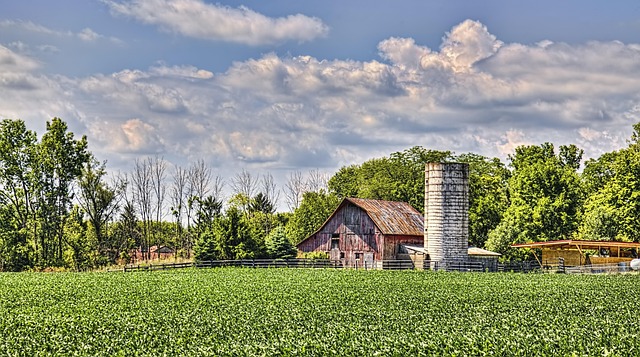
Close-knit towns with a strong sense of community often thrive on their ability to support and retain local talent, which is crucial for long-term economic growth. Implementing Smart Growth Strategies is an effective way for these communities to foster a thriving workforce and real estate market. By focusing on mixed-use development, pedestrian-friendly infrastructure, and efficient public transportation, towns can create vibrant hubs that attract and retain young professionals. These strategies not only enhance the quality of life but also stimulate local businesses, leading to increased job opportunities and economic stability.
Additionally, Smart Growth initiatives can promote diverse housing options, ensuring affordability for various income levels. This inclusivity is vital for building a robust and resilient workforce since it allows residents to remain in their communities while they grow and advance in their careers. As a result, close-knit towns become desirable destinations for families and professionals alike, fostering a positive feedback loop that strengthens the local economy and supports a thriving workforce through strategic real estate development.
